Tailor’s Bunion
What is a Tailor’s Bunion?
A tailor’s bunion, also known as a bunionette, is a foot deformity that affects the base of the fifth toe, or the pinky toe. Similar to a regular bunion that occurs at the base of the big toe, a tailor’s bunion is characterized by the protrusion of the bone and soft tissue, resulting in a visible bump on the outside of the foot.
A tailor’s bunion looks similar to a conventional bunion but is located somewhere else. Typical bunions develop beneath the big toe on the inside of the foot. Tailor’s bunions develop at the base of the little toe on the outside of the foot.
Bunions are rather common, while tailor’s bunions are uncommon. In a study that was presented at the annual meeting of the American College of Rheumatology, researchers looked at people who had foot problems. Only 4% of the participants in the research had tailor’s bunions, while 39% had ordinary bunions.
Causes of Tailor’s Bunion
This kind of bunion can develop as a result of wearing uncomfortable footwear, such as high-heeled, narrow shoes. If you have a structural foot issue that you acquired from your parents, you are more prone to develop a tailor’s bunion. Your little toe’s bone may be in an abnormal position or the bone’s head may be larger, which causes the bone to shift out of place, which could be the source of this issue.
Additional factors include:
- A foot that is turned outward or “inverted”
- Your foot’s fifth metatarsal bone is lower than it should be, and your calf muscles are tense.
- A tailor’s bunion typically develops early in life and steadily grows worse over time. The bunion might hurt by the time you’re in your 40s.
- Arthritis: Certain types of arthritis, such as osteoarthritis or rheumatoid arthritis, can affect the joints in the foot and contribute to the development of bunions, including tailor’s bunions.
- Foot injuries: Trauma or repetitive stress to the outside of the foot can damage the joint, causing inflammation and contributing to the formation of a tailor’s bunion.
Symptoms of Tailor’s Bunion
A swelling bulge on the outside of your little toe is known as a tailor’s bunion. The bulge may appear little at first but eventually become larger. It may also be unpleasant and red. When it grinds against your shoe, the bunion may become more painful and swollen.
Limited toe movement: In some cases, the bunionette can restrict the movement of the fifth toe, making it difficult to flex or extend the toe fully.
Progressive deformity: Over time, the tailor’s bunion may worsen, causing increased pain and discomfort, and potentially leading to more significant foot alignment issues if left untreated.
This kind of bunion can develop on either one or both feet. It’s possible that one bunion is worse than the other.
Why it’s called Tailor’s Bunion?
Tailors used to sit cross-legged with their outside edges of their feet rubbed on the ground hundreds of years ago, giving rise to the term “tailor’s bunion.” A bump would develop at the base of the tailor’s little toe from rubbing against the floor.
Diagnosis
Diagnosing a tailor’s bunion typically involves a combination of medical history assessment, physical examination, Footwear assessment and sometimes imaging studies.
Treatment of Tailor’s Bunion
The goal of treating a tailor’s bunion is to relieve symptoms, lessen pain, stop the deformity from advancing, and enhance general foot function. Depending on how severe the bunionette is, a particular treatment strategy may comprise one or a combination of the following techniques:
- Footwear modification: It can be more comfortable and less painful to wear shoes with a bigger toe box that allows the toes to flex freely. Avoiding high heels and pointed-toed shoes is crucial to preventing the disease from getting worse.
- Padding and cushioning: The bunionette can be covered with pads or cushions to shield it from pressure and friction, which will lessen pain.
- Orthotic devices: The stress on the bunionette can be lessened by using custom-made shoe inserts or orthotics to support the arch, realign the foot, and relieve pressure.
- Medications: To control pain and inflammation, over-the-counter painkillers or anti-inflammatory drugs like ibuprofen or acetaminophen may be suggested.
- Ice therapy: Ice can be applied to the injured region to relieve pain and inflammation. To avoid getting ice burn, it is necessary to cover the skin with a cloth or towel.
- Physical therapy: To increase flexibility and strengthen the foot muscles, specific stretches, and exercises can be recommended. This can assist control discomfort and avoid subsequent issues.
- Injection therapy: Injections of corticosteroids may be used to treat pain and inflammation in the bunionette region. However, due to possible negative effects, these are typically used carefully.
- Shoe modifications: In some instances, a shoe repair expert or podiatrist might modify footwear, such as expanding the toe box, to more easily accommodate the bunionette.
- Surgical intervention: Surgical correction may be an option if conservative methods are ineffective or if the deformity is severe and causing great discomfort and impairment. The choice of surgical operation will rely on the patient’s condition and the available surgical procedures.
The best course of treatment for a tailor’s bunion must be decided in consultation with a medical expert. The quality of life for those who are affected can be improved by early diagnosis and proactive care, which can help stop the condition from getting worse.
Surgical Treatment
Surgery can be a possibility if the pain and swelling persist or if the tailor’s bunion has gotten so big that you can no longer wear regular shoes. Since bunionette surgery is an outpatient treatment, you can return home the same day.
To alleviate any pain, the surgeon will anesthesia you before shaving off the protruding tissue. To straighten out your little toe, your surgeon might also remove a portion of the bone in the toe. Osteotomies are performed in this manner. A screw, plate, or length of steel wire will be used to secure the bone.
Post-operative Recovery
After bunionette surgery, the affected foot must not be put under any weight. You can get around with the use of crutches or a walker. For three to twelve weeks, you might need to protect your foot by wearing a boot or splint. For a few weeks, you’ll have to skip work, especially if your job requires a lot of walking.
Within 3 to 6 months, nonsurgical therapy can frequently relieve bunion pain. Complete recovery after surgery can take up to three months. It could take up to a year for the swelling in the affected toe to completely subside.
Approximately 85% of the time, surgery corrects the bunion. After surgery, a tailor’s bunion may occasionally recur. After surgery, the bunion is more likely to recur if you wear narrow shoes.
How to prevent tailor’s bunions?
While some factors that contribute to tailor’s bunions, such as genetics and foot anatomy, cannot be controlled, there are several steps you can take to potentially reduce the risk of developing this foot deformity:
- Wear Proper Footwear
- Avoid High Heels
- Consider Shoe Inserts
- Maintain a Healthy Weight
- Stretch and Strengthen Foot Muscles
- Be Cautious with Footwear During Physical Activities
- Avoid Sitting Cross-Legged for Extended Periods
- Regular Foot Checkups
- Manage Foot Injuries
- Pay attention to any foot discomfort or pain
Summary
The base of the fifth toe is affected by a foot deformity called a tailor’s bunion, also known as a bunionette, which results in a noticeable lump on the outside of the foot. When wearing tight-fitting shoes, this condition can be very painful and uncomfortable.
It is crucial to wear appropriate footwear with a wide toe box and stay away from high heels to prevent tailor’s bunions. The risk can also be decreased by maintaining a healthy weight, extending and strengthening the foot muscles, and exercising with caution.

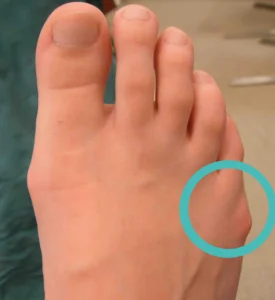
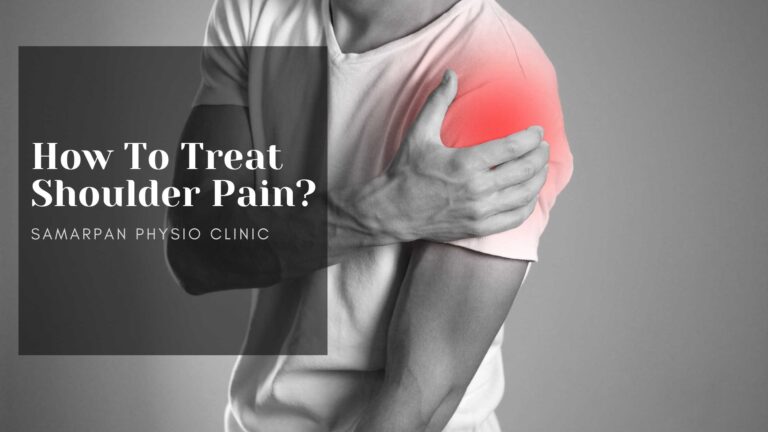

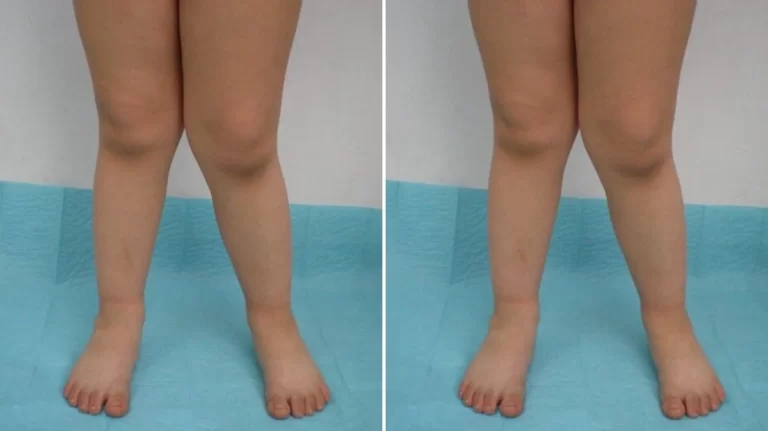
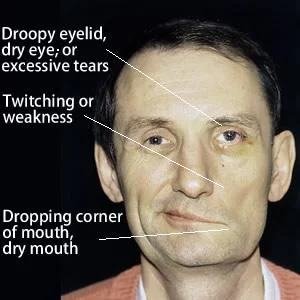
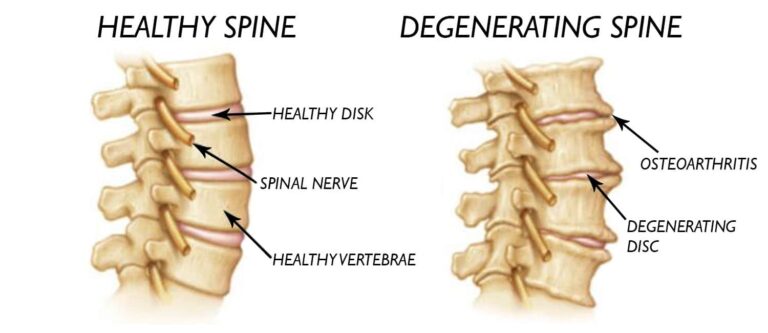
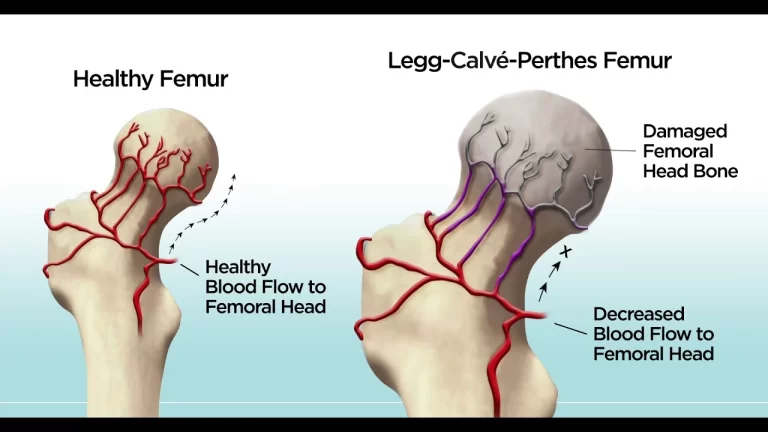
One Comment